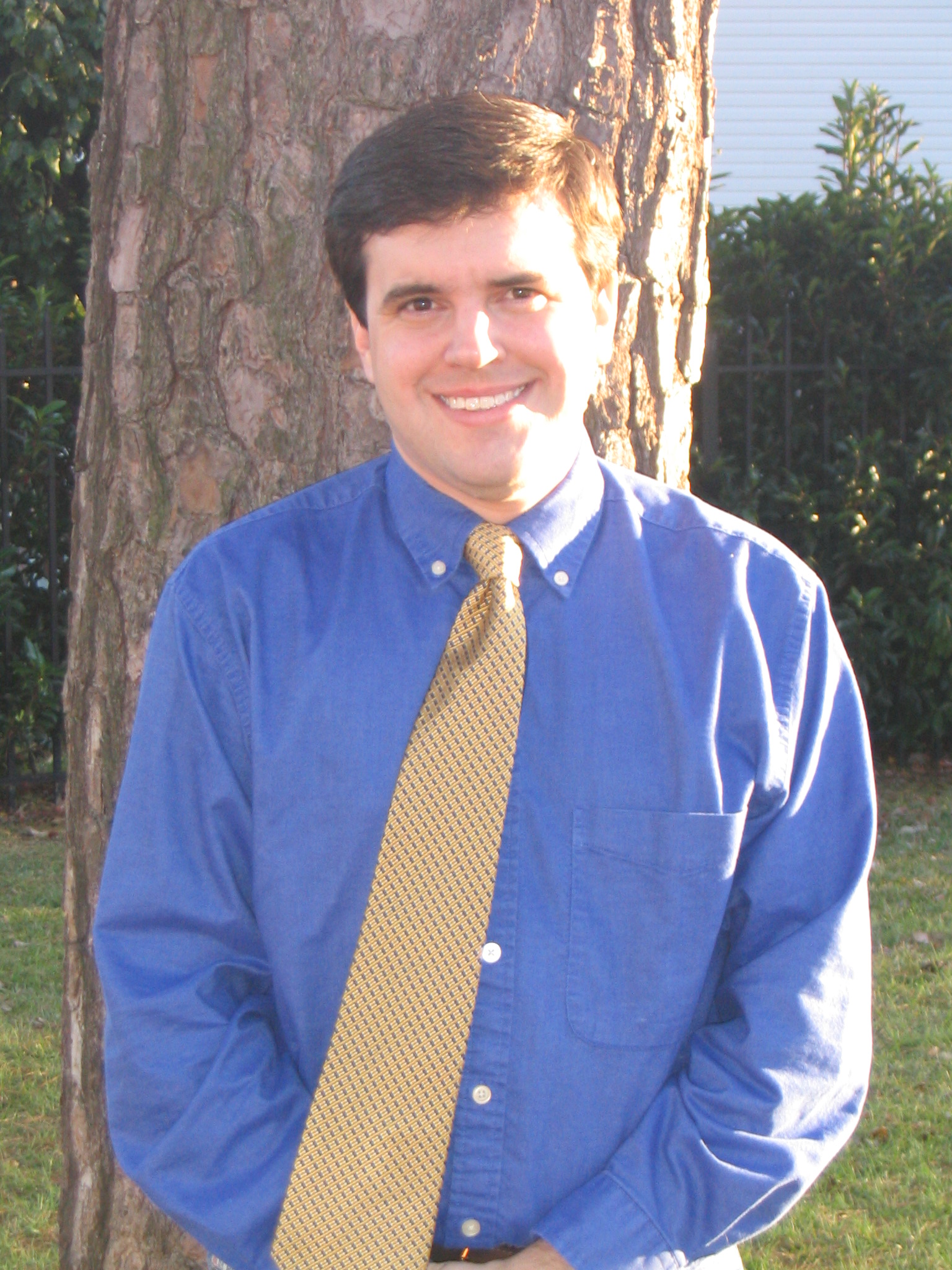Ken Bridges/Contributing Writer
In the 1960s, the United States entered a new era of exploration as NASA began sending astronauts into space. It took the combined efforts of thousands of people to make each mission successful. The direction from the ground was critical given the complexity of spaceflight and how the slightest mistake could be fatal. Chris Kraft served as NASA flight director for these early missions, becoming a revered figure in Houston and across the nation.
He was born Christopher Columbus Kraft, the namesake of his father, in what is now Hampton, Virginia, in 1924. He grew up in the coastal community and in the shadow of the Langley Aeronautical Laboratory, established by the federal government just a few years before he was born as a center to design and test aircraft.
When he graduated high school in 1942, several months after the United States entered World War II, he attempted to enlist in the navy just as many other men his age were doing. Kraft hoped to become a pilot, but a burn injury from his childhood caused him to be rejected for the service altogether. Instead, he enrolled at Virginia Tech and graduated with a degree in aeronautical engineering in two years.
Kraft initially hoped to move away from Hampton, but in 1944, he won a position with the National Advisory Committee for Aeronautics which promptly assigned him to the Langley Research Center. President Dwight D. Eisenhower transformed NACA into the National Aeronautics and Space Administration in 1958. Kraft was then chosen as one of 35 engineers to design what became the Mercury program, the first American manned space mission.
The group tasked Kraft with designing the flight program – organizing the launch, flight, and landing of the space capsules. In the process, he became the first flight director. He oversaw a team of engineers and realized that the complexity of the equipment would require rigorous testing and then constant monitoring during flight as well as a team of experts to correct any problems.
The seven Mercury missions between 1961 and 1963 put a small one-man capsule into low orbit. Kraft made sure nothing was left to chance. He quickly developed a reputation for precision and perfection. He personally oversaw each detail of each mission. But as demanding as he was, he also fostered an environment of trust. In the end, the craft and the missions were so complicated that the astronaut, flight director, and the army of engineers behind it all had to trust one another. Because he insisted on having the last word with any aspect of the mission, he often clashed with senior NASA administrators and astronauts.
In spite of the preparation and expertise, each mission had special problems that could have turned these flights into deadly tragedies. The coordination that Kraft developed inspired the creative thinking and expert analyses needed to avoid disaster.
The Gemini and Apollo missions required a more advanced flight control center, leading to the creation of what is now the Lyndon B. Johnson Space Center in Houston in 1963. Kraft joined the move and became a permanent resident. With the continuing success of the space program, Kraft became almost as famous as the astronauts themselves. In 1966, his home town of Hampton, Virginia, named its new elementary school in his honor.
NASA moved him into more senior positions with the Apollo lunar missions. Ultimately, NASA promoted him to director of the Manned Spacecraft Center in 1972.
In the 1970s, Kraft helped develop the conceptual design for the space shuttle. With NASA reaching new heights in manned exploration, the shuttle seemed the next logical step. Kraft and others at NASA fully believed that lunar exploration would become increasingly common and that the shuttle would bring astronauts to a future orbiting space station. Then other craft would take them to the Moon, Mars, and beyond. NASA projected it would send men to Mars by 1985 before a wave of budget cuts ended lunar landings after 1972.
In spite of the cutbacks, Kraft kept NASA’s focus on the mission of exploration. He oversaw the first four shuttle launches in 1981 and 1982, inspiring many Americans with the nation’s return to manned flight. The success of the shuttle missions showed the importance of astronomical discoveries and the importance of studying the effects of zero gravity environments. By 1982, he decided it was time to retire from NASA.
Still only 58 years old, Kraft worked for several years as a consultant. He also worked for the Houston Chamber of Commerce.
Kraft spent several years travelling and speaking about space exploration. He wrote his autobiography, Flight: My Life in Mission Control in 2001, reflecting on the development of the space program and his thoughts about its future. In 2011, NASA renamed the flight control room at the Lyndon B. Johnson Space Center after him. Though he had never been a pilot or astronaut himself, the Aviation Hall of Fame inducted him in 2016. He died in Houston in July 2019 at age 95.
Dr. Ken Bridges is a proud father, professor, native Texan, and author of seven books. His columns appear in 85 newspapers. He can be contacted by e-mail at drkenbridges@gmail.com.

